Preeclampsia in Pregnancy
Preeclampsia, also known as toxemia, is a potentially serious condition that can develop during pregnancy and negatively affect both mom and baby. While this condition is very serious, evidence demonstrates that good nutrition and excellent care (self care and medical care) during pregnancy can decrease the risk of preeclampsia. Read on to learn more about this pregnancy-related illness.
What is Preeclampsia?
Preeclampsia is characterized by symptoms of high blood pressure and excess protein in the urine (and often severe swelling) after 20 weeks of pregnancy in a woman with normal blood pressure before pregnancy.
Causes
In the past, toxins in a woman’s bloodstream were thought to cause preeclampsia. While this theory has fallen out of favor, medical experts still don’t fully understand what causes this condition. Currently the following are thought to be possible causes of preeclampsia:
- heredity
- faulty implantation of the placenta
- low blood flow to the uterus
- immune system problems
- blood vessel damage
- poor nutrition (especially Vitamin D deficiency)
Preeclampsia is more common in first pregnancies, women under 20 and over 40, obese women, women carrying multiples, women who develop gestational diabetes, and women with a history of migraines, diabetes, kidney disease, lupus, and other conditions. Some evidence suggests that urinary tract infections or periodontal disease may increase the risk of preeclampsia.
Prevention
While some risk factors are out of our control, maintaining an excellent diet and getting excellent prenatal care are two ways women can prevent preeclampsia.
In addition to following Health Foundations’ nutrition recommendations, the following are specific recommended dietary measures to prevent preeclampsia:
- Consume 80 to 100 grams of protein daily. Women with sufficient protein intake are at a low risk of preeclampsia
- Take 5000 IU of Vitamin D daily, if recommended by your care provide
- Consume adequate complex carbohydrates with each meal and snack
- Don’t restrict salt intake, which is necessary to maintain the blood volume you and baby need
- Avoid or significantly limit junk food
- Take a quality prenatal vitamin and any other supplements recommended by your care team
- Avoid constipation and diarrhea as much as possible
- Some herbalists recommend nettle, spirulina, and dandelion greens
Symptoms
Preeclampsia often starts abruptly sometime after 20 weeks of pregnancy. If your blood pressure was normal prior to pregnancy, symptoms can include:
- High blood pressure (140/90 or greater)
- Severe or continuous headaches (not resolved by Tylenol, rest, and hydration)
- Vision changes (e.g. blurring, dimming, double vision, flashing spots or lights) lasting over 2 hours
- Sudden weight gain, over 4 pounds a week
- Severe swelling of hands, feet or face
- Dramatically decreased urination
- Upper abdominal pain, usually on right side under ribs
- Nausea or vomiting
- Dizziness
- Excess protein in your urine
Call or page the midwives if you experience any of these symptoms.
Diagnosis is often made during a routine prenatal visit. High blood pressure is often the first indicator, followed by a urinalysis indicating protein in the urine. You may also have blood work, an ultrasound, and/or a biophysical profile/non-stress test if these first two indicators are found.
Outcomes and Complications
Most women with preeclampsia deliver healthy babies. Risks are greater with more severe cases of preeclampsia and those that begin earlier in pregnancy. Because preeclampsia falls outside the range of normal in pregnancy, birth center births and home births are not considered safe. When preeclampsia is discovered in Health Foundations clients, we work to transfer care to a hospital where mom and baby can get the care they need.
Treatment
The only cure for preeclampsia is delivery (blood pressure typically returns to normal within a few weeks). To manage your condition until it is safe to deliver baby, your medical care team may recommend any of the following:
- Medications to lower blood pressure
- Corticosteroids
- Anticonvulsive medications
- Bed rest
Preeclampsia may require labor induction and delivery. Cesarean birth isn't always necessary, but may be recommended if inducing labor becomes difficult due to baby’s gestational age (earlier gestational age= more difficult induction).
Complications
Complications of preeclampsia may include:
- Lack of adequate placental blood supply, resulting in small for gestational age babies, slow growth, low birth weight, preterm birth and early breathing difficulties for baby
- placental abruption (placenta separates from the inner uterine wall before delivery), which can cause heavy bleeding and placental damage, a life-threatening scenario for mom and baby
- Stroke
- HELLP syndrome, a life-threatening condition characterized by severe nausea and vomiting, headache, and upper right abdominal pain.
- Eclampsia, which is essentially preeclampsia plus seizures. This life-threatening condition can cause permanent brain, liver and kidney damage, coma, or even death in mom and baby.
Because of these serious risks, it is important to keep every scheduled prenatal appointment and to contact your care provider with any of the possible symptoms of preeclampsia.
An Ounce of Prevention…
While preeclampsia is a scary condition, the good news is that it can often be avoided with proper diet and nutrition in pregnancy. This is one of the many reasons we take nutrition so seriously at Health Foundations and why we go the extra mile to educate our patients about optimal diet in pregnancy. Sadly, many prenatal care providers don’t take enough time to educate women on this essential component of their health.
With advanced training in nutrition (Dr. Amy Johnson-Grass has a Masters in Nutrition, for example) and a focus on holistic wellness, our midwives understand the importance of prenatal nutrition and work with all our patients to optimize their health in pregnancy in order to prevent serious complications and improve birth outcomes for mom and baby.
